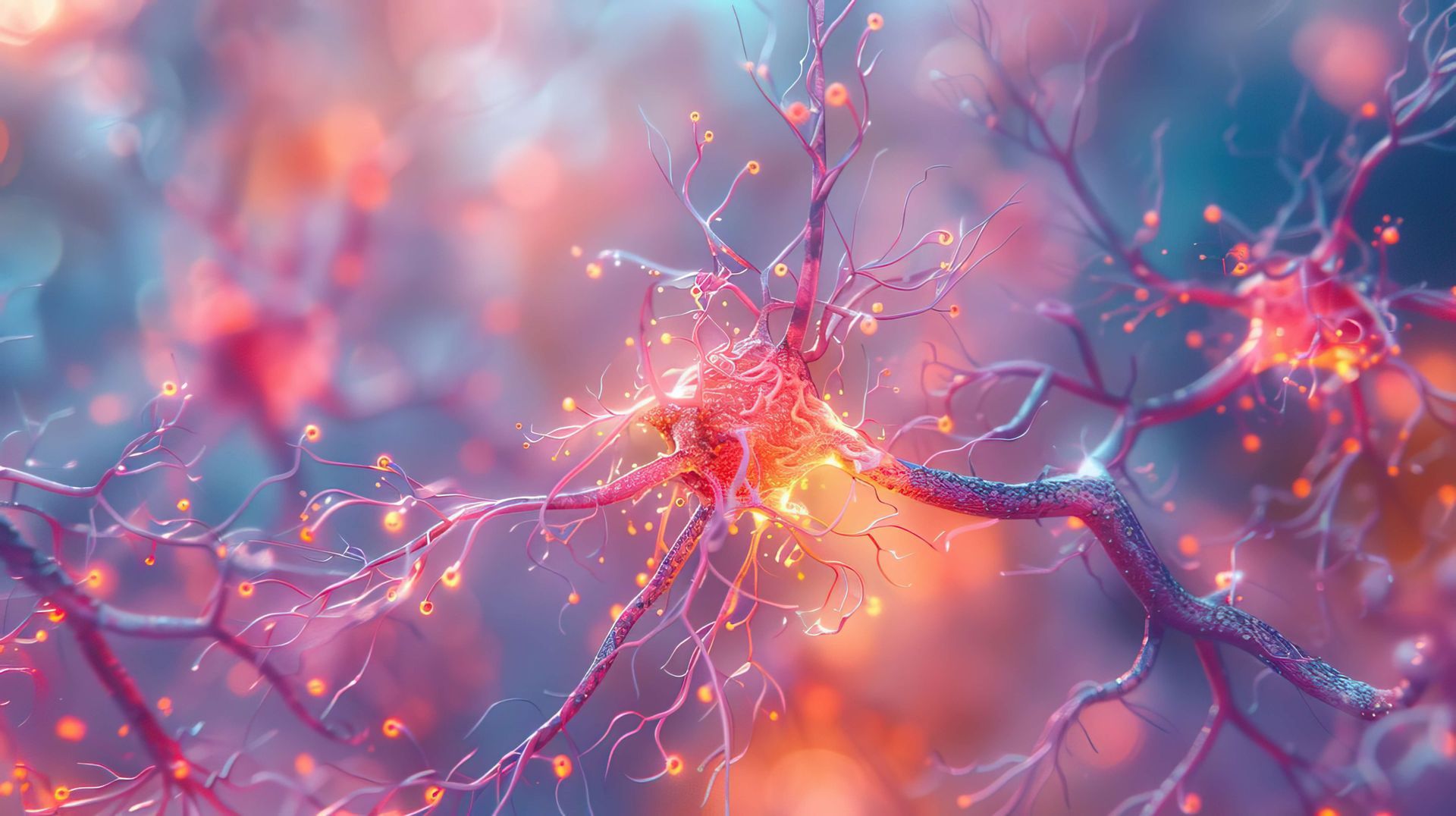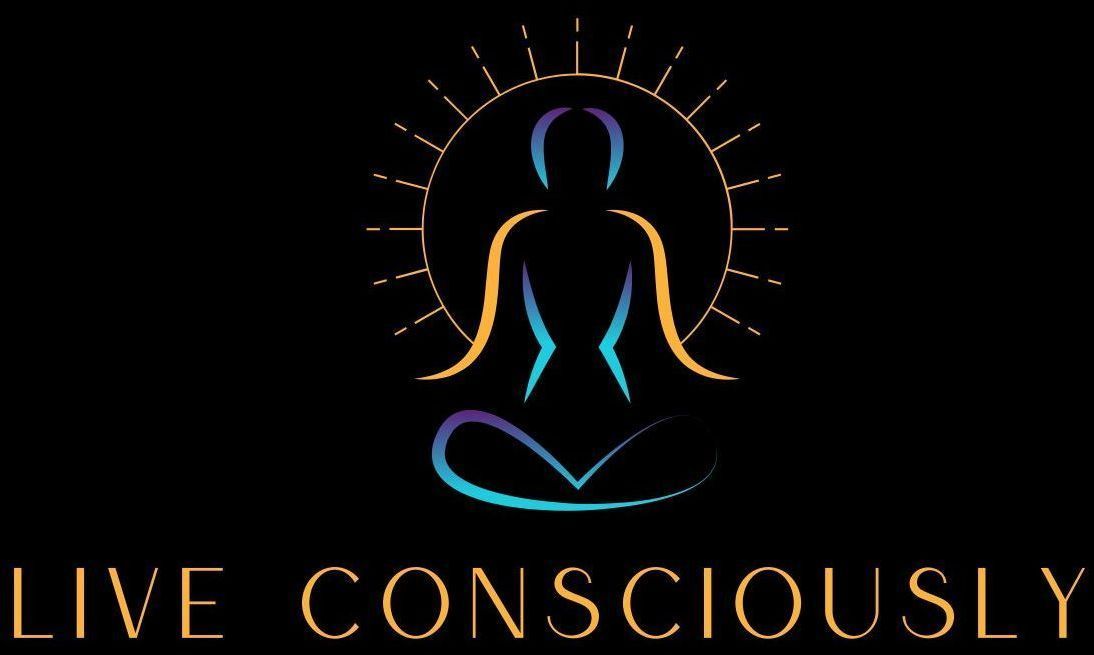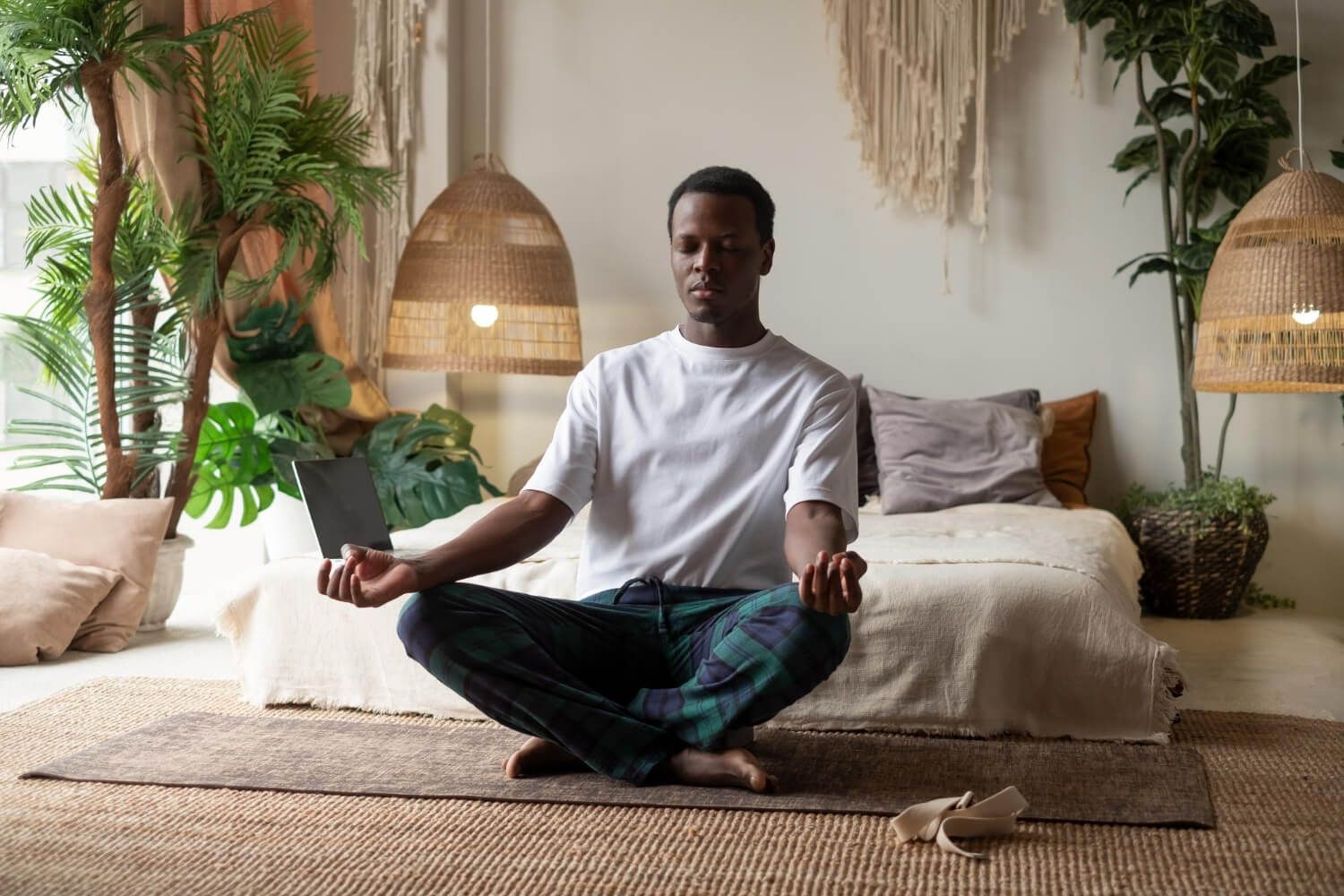How Polyvagal Theory Informs Healing

Have you ever felt your heart race when nothing scary was happening? Or maybe you've had moments where you felt completely numb, like you were watching your life from far away?
Your body wasn't being dramatic. It was trying to protect you.
At Live Consciously, we've helped hundreds of people understand why their bodies react this way. The answer lies in something called your nervous system – and understanding it can change your life.
In this guide, you'll learn:
- What your nervous system does and why it matters
- How trauma affects your body's responses
- Simple ways to help your body feel safer
- When to seek professional help
This information is educational and not a substitute for professional therapy. If you're struggling with trauma symptoms, please reach out to a qualified mental health professional.

What Is Your Nervous System?
Think of your nervous system like a security guard for your body. It's always watching for danger and deciding how to keep you safe.
Your nervous system has three main "modes":
1. The Safe and Social Mode (Ventral Vagal)
This is when you feel:
- Calm and peaceful
- Connected to others
- Able to think clearly
- Ready to learn and play
Example: Sitting with a friend, laughing at a funny movie, feeling relaxed and happy.
2. The Fight or Flight Mode (Sympathetic)
This is when you feel:
- Heart racing
- Tense muscles
- Hard to sit still
- Alert and on edge
Example: Running late for work, feeling anxious before a big meeting, or startling at loud noises.
3. The Shutdown Mode (Dorsal Vagal)
This is when you feel:
- Numb or empty
- Very tired
- Disconnected from others
- Like nothing matters
Example: Feeling "checked out" during stress, sleeping too much, or feeling like you're in a fog.

How Trauma Affects Your Nervous System
When something scary or harmful happens, your nervous system learns to protect you. But sometimes, it gets stuck in protection mode even when you're safe.
This is what we call trauma. It's not your fault, and it's very common.
Signs Your Nervous System Might Be Stuck
In Fight or Flight Mode:
- Can't stop worrying
- Feel jumpy or scared
- Hard to sleep
- Stomach problems
- Always feel "on edge"
In Shutdown Mode:
- Feel numb or empty
- Very tired all the time
- Hard to care about things
- Feel disconnected from people
- Everything feels overwhelming
Why This Happens
Your nervous system is doing its job – trying to keep you safe. But it might be using old information. It's like having a smoke alarm that goes off when you're just making toast.
The good news? You can teach your nervous system that you're safe now.
Simple Ways to Help Your Nervous System
When You Feel Anxious or Overwhelmed (Fight or Flight)
1. The 4-7-8 Breathing
- Breathe in for 4 counts
- Hold for 7 counts
- Breathe out slowly for 8 counts
- Repeat 3 times
Why it works: Slow breathing tells your body it's safe to relax.
2. Cold Water Trick
- Splash cold water on your face
- Hold ice cubes in your hands
- Take a cold shower (if you can)
Why it works: Cold water activates a special nerve that helps you calm down.
3. Move Your Body
- Take a walk
- Do jumping jacks
- Dance to your favorite song
- Stretch your arms and legs
Why it works: Movement helps your body use up stress energy.
When You Feel Numb or Disconnected (Shutdown)
1. Wake Up Your Senses
- Listen to upbeat music
- Smell something strong (like peppermint)
- Eat something sour or spicy
- Touch different textures
Why it works: Strong sensations help bring you back to the present.
2. Gentle Movement
- Walk slowly
- Sway back and forth
- Do simple stretches
- Pat your arms and legs
Why it works: Gentle movement helps "wake up" your nervous system safely.
3. Connect with Others
- Call a friend
- Pet an animal
- Look at pictures of people you love
- Watch videos of people talking
Why it works: Connection reminds your body that you're not alone and it's safe.

Building Your "Window of Tolerance"
Imagine your calm zone as a window. When you're in this window, you can handle stress without getting overwhelmed or shutting down.
Trauma makes this window smaller. But with practice, you can make it bigger again.
Daily Practices to Expand Your Window
Morning Routine:
- Take 5 deep breaths when you wake up
- Notice 3 things you can see, hear, and feel
- Set one small, achievable goal for the day
Throughout the Day:
- Check in with your body every few hours
- Ask: "How am I feeling right now?"
- Use breathing or movement if you need to
Evening Routine:
- Write down one good thing that happened
- Do gentle stretches
- Practice gratitude for your body
Real Stories from Our Practice
Names and details changed to protect privacy
Maria's Story: Maria came to us feeling anxious all the time. Her heart would race even during normal conversations. We taught her the breathing techniques and helped her understand that her nervous system was trying to protect her from past hurt. Over several months, she learned to calm her body and now feels much more peaceful in her daily life.
James's Experience: James felt "dead inside" after a difficult childhood. He couldn't feel joy or connection. Through therapy and nervous system work, he slowly learned to feel safe in his body again. Today, he has meaningful relationships and feels hope for his future.
How Professional Therapy Can Help
At Live Consciously, our therapists use several approaches to help your nervous system heal:
Somatic Experiencing: Helps your body complete protective responses that got interrupted during trauma.
EMDR: Uses eye movements to help your brain process difficult memories safely.
Internal Family Systems (IFS): Works with different "parts" of yourself to create inner harmony.
Polyvagal-Informed Therapy: Uses nervous system science to create safety and connection.
All our therapists understand trauma and how it affects the body. We create a safe space where your nervous system can learn to relax and trust again.

Your Nervous System Can Heal
Here's the most important thing to remember: your nervous system is designed to heal. It wants to feel safe and connected.
Healing takes time, and that's okay. Be patient and gentle with yourself. Every small step
matters.
Signs of Healing
As your nervous system heals, you might notice:
- Feeling calm more often
- Better sleep and digestion
- Easier relationships with others
- More energy and joy
- Feeling more like "yourself" again

Take the Next Step
Your healing journey is unique to you. Whether you try these techniques on your own or seek professional support, you're taking important steps toward feeling better.
If you'd like guidance from trauma specialists who understand nervous system healing, we're here to help.
Ready to begin your healing journey?
Schedule a free 15-minute consultation with our team:
- Phone: (254) 826-9450
- Email: info@liveconsciouslypllc.com
- Website: www.liveconsciouslypllc.com
About the Author:
Alexandrea Long, LCSW-S, is the founder of Live Consciously, PLLC, a trauma-informed therapy practice. With over 15 years of experience in trauma recovery, Alexandrea specializes in helping clients understand the mind-body connection and develop practical skills for nervous system regulation. She has advanced training in Somatic Experiencing, EMDR, and polyvagal theory applications.
References:
- Porges, S. W. (2011). The Polyvagal Theory: Neurophysiological foundations of emotions, attachment, communication, and self-regulation. W. W. Norton & Company.
- Van der Kolk, B. (2014). The Body Keeps the Score: Brain, mind, and body in the healing of trauma. Viking Penguin.
- Levine, P. A. (2010). In an Unspoken Voice: How the body releases trauma and restores goodness. North Atlantic Books.
This article is for informational purposes only and is not a substitute for professional medical advice, diagnosis, or treatment. Always seek the advice of your physician, mental health professional, or other qualified health provider with any questions you may have regarding a medical condition.










